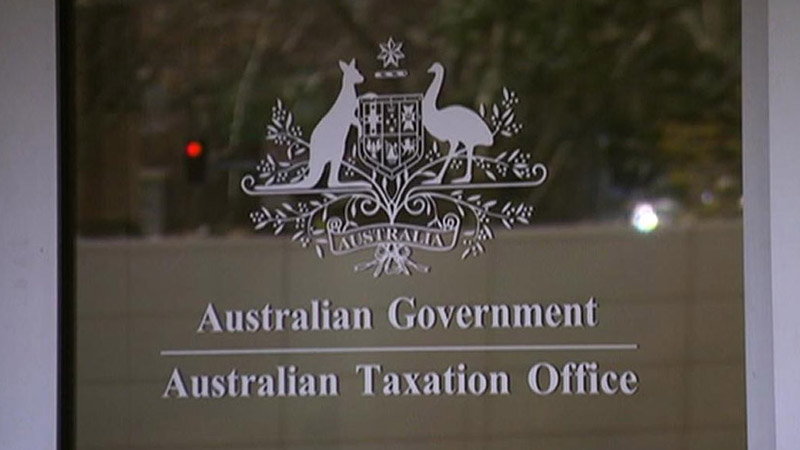ATO clarifies downsizer guidelines as contributions rise
The ATO has clarified the guidelines around making downsizer contributions to superannuation, noting the measures have been popular among female retirees in particular.
In an update published on Monday, the ATO said 5,000 superannuants had made downsizer contributions since the new scheme commenced on 1 July 2018, with 55 per cent of contributors being female.
The measures had been popular as a method of making excess non-concessional contributions (NCCs) once a super fund member had reached the annual NCC cap, or for fund members who were no longer working and were unable to make other types of voluntary contributions.
However, the ATO warned that any contributions made would still count towards a member’s total super balance and transfer balance cap, meaning the contributions could not be used as a way to get additional funds into a pension phase account.
In addition, the ATO said a number of common mistakes had been made by members and their advisers seeking to make the contributions, including seeking to contribute the sale proceeds of a home that had been owned by the member for less than 10 years or had been sold before 1 July 2018.
The ATO also warned that the proceeds of an investment property could not be used as a downsizer contribution, unless the property was eligible for a partial main residence exemption.
“It is important that your client knows they are eligible before making a downsizer contribution. If a contribution is found to be ineligible, it could be reported as a non-concessional contribution and your client may receive an excess non-concessional contribution determination,” the ATO said.
At a recent SMSF Association Technical Day, MLC technical services manager Jenneke Mills also raised the issue of failed downsizer contributions, warning that for trustees over 65 who were still working, the funds could be stuck in limbo where they could not be returned and would attract an excess contribution penalty.
“At the time the contribution is made to the fund, the ATO will determine whether or not the person was eligible to make that contribution,” Ms Mills said.
“If they weren’t eligible, the ATO will tell the trustee of the fund that it fails the rules and they then need to make an important decision that is in line with the rules of the fund and SIS regulations that talk about whether or not a fund can accept a contribution.
“Either the failed contribution is now a personal contribution, but a lot of our clients may not meet the work test, which means the trustee becomes aware they cannot accept a personal contribution and it has to come back out to the member.
“But if the fund could accept that contribution, it could become an excess non-concessional and the client would have a penalty.”


